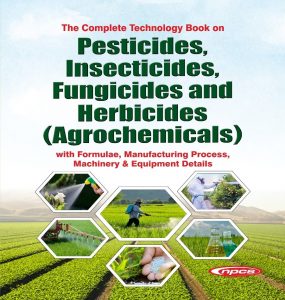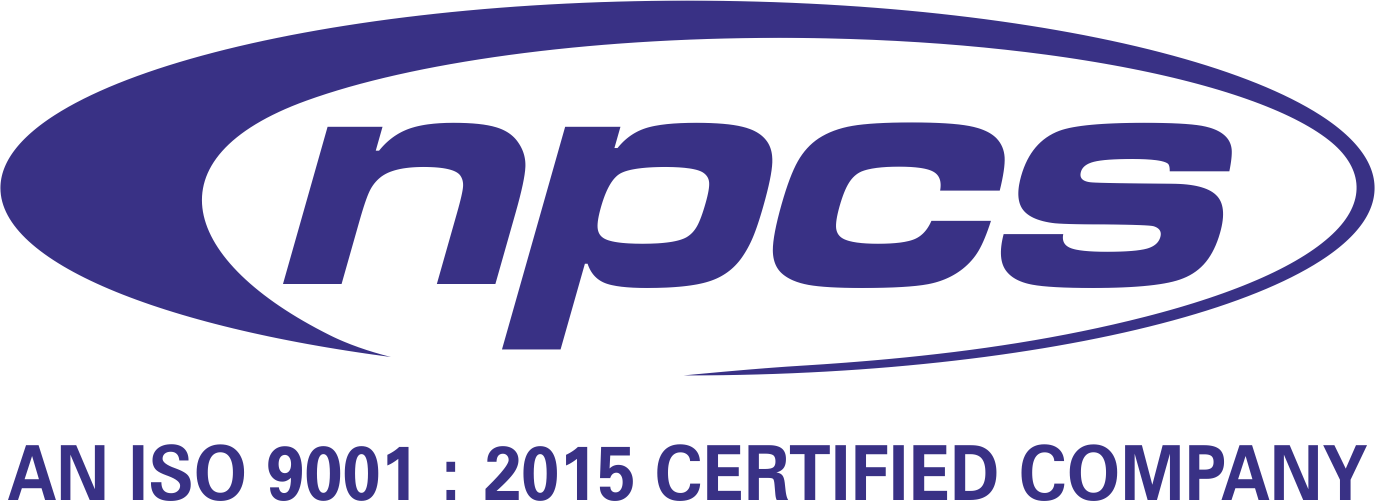
The manufacturing of agrochemicals plays a pivotal role in enhancing global agricultural productivity and food security. Agrochemicals, including fertilizers, pesticides, herbicides, fungicides, and plant growth regulators, are vital in protecting crops from pests, diseases, and weeds while also enriching soil fertility. As the world population continues to grow, the demand for efficient agricultural inputs continues to rise, making the agrochemical industry one of the most strategic sectors within global manufacturing.
By transforming chemical substances into usable agricultural solutions, agrochemical manufacturers contribute directly to increasing crop yields, improving quality, and reducing post-harvest losses. With modern scientific innovations and increasing awareness about sustainability, the industry is shifting toward environmentally friendly solutions and precision farming. In this article, we explore every aspect of the agrochemical manufacturing business, including processes, raw materials, technologies, challenges, and future opportunities.
Understanding the Agrochemical Industry and Market Dynamics
The manufacturing of agrochemicals caters to a vast global market that supports farmers in growing healthier, more productive crops. With agricultural land shrinking and climate change impacting yields, the use of agrochemicals has become indispensable. As per market research, the agrochemical industry is projected to surpass $300 billion by 2030, driven by population growth, urbanization, and the need for sustainable farming practices.
The market is broadly categorized into:
-
Crop Protection Chemicals: Pesticides, herbicides, fungicides, and insecticides.
-
Fertilizers: Nitrogen-based, phosphorus-based, and potassium-based compounds.
-
Plant Growth Regulators: Compounds that enhance crop development and output.
Agrochemicals are used extensively in commercial farming, horticulture, floriculture, and even in urban landscaping, creating diverse revenue streams for manufacturers.
Visit this Page for More Information: Start a Business in Agrochemicals Industry
Key Categories of Agrochemicals and Their Applications
1. Pesticides and Insecticides
These chemicals are used to eliminate or control harmful insects and pests that destroy crops. Common active ingredients include chlorpyrifos, imidacloprid, and permethrin.
2. Herbicides
Used to control unwanted plants and weeds, herbicides like glyphosate, atrazine, and paraquat help ensure that crops receive maximum nutrients and space.
3. Fungicides
These protect crops from fungal infections and diseases. Commonly used fungicides include mancozeb, carbendazim, and copper-based formulations.
4. Fertilizers
Fertilizers replenish essential nutrients in the soil such as nitrogen, potassium, and phosphorus. Urea, ammonium nitrate, and superphosphate are widely used fertilizers in both organic and chemical forms.
5. Bio-agrochemicals
An emerging category includes bio-fertilizers, bio-pesticides, and microbial growth enhancers which are gaining momentum due to their eco-friendly profile.
Related Business Plan: Disinfectants
Step-by-Step Guide to Agrochemical Manufacturing
1. Market Research and Product Selection
Begin by identifying the demand for specific agrochemical products in your region. Research existing competitors, regulatory requirements, and market trends. Decide whether you want to manufacture a single product line (e.g., only fertilizers) or a diversified range.
2. Licensing and Regulatory Compliance
Agrochemicals are strictly regulated due to their impact on health and the environment. Obtain the necessary licenses from regulatory bodies like:
-
Central Insecticides Board & Registration Committee (CIBRC)
-
State Agricultural Departments
-
Pollution Control Board (PCB)
-
Good Manufacturing Practice (GMP) Certifications
Also, label compliance and Material Safety Data Sheets (MSDS) are mandatory for each formulation.
3. Selection of Raw Materials
Raw materials include active ingredients, surfactants, binders, stabilizers, solvents, and emulsifiers. For fertilizers, ingredients like ammonium, potassium salts, and urea are needed. For pesticides, you’ll require active compounds synthesized from petrochemicals or plant derivatives.
4. Infrastructure and Equipment
Set up your manufacturing plant with essential equipment such as:
-
Mixing tanks
-
Reactors
-
Granulators
-
Dryers
-
Blenders
-
Automated filling and packaging machines
Proper waste management, air filtration, and worker safety equipment are essential parts of an agrochemical plant.
5. Manufacturing Process
The typical manufacturing process involves:
-
Weighing and mixing raw materials based on the formulation.
-
Chemical reaction or blending depending on the product.
-
Quality testing for concentration, pH, viscosity, and stability.
-
Filling, labeling, and packing the final product in containers of various sizes.
Automation and batch control systems improve precision and efficiency.
Read Similar Articles: Agrochemicals Projects
Quality Control and Testing in Agrochemical Production
Quality assurance is non-negotiable in the manufacturing of agrochemicals. Each batch must undergo rigorous testing to ensure:
-
Accurate chemical composition
-
Product stability under different conditions
-
Absence of toxic impurities
-
Safe handling and storage
Quality control labs test for performance efficacy and shelf life. It’s critical to maintain strict documentation and traceability of all production batches.
Click here to send your queries/Contact Us
Sustainability and Environmental Considerations
Traditional agrochemical production has faced criticism for contributing to soil degradation, water pollution, and ecological imbalance. Modern manufacturing practices are increasingly adopting:
-
Green Chemistry: Use of environmentally safe raw materials and solvents.
-
Closed-loop systems: Reducing emissions and reusing water.
-
Biodegradable packaging: To reduce plastic waste.
Manufacturers are also investing in bio-based agrochemicals that offer reduced toxicity and improved safety for both humans and the environment.
Related Feasibility Study Reports: Disinfectants
Challenges in the Agrochemical Manufacturing Industry
Despite its potential, the manufacturing of agrochemicals presents several challenges:
-
Regulatory Hurdles: Navigating compliance for new product approvals is time-consuming.
-
Volatile Raw Material Prices: Many ingredients are imported or tied to oil prices.
-
High R&D Costs: Developing safer and more effective formulations requires substantial investment.
-
Counterfeit Products: Fake or substandard products flood the market and damage brand credibility.
-
Environmental Concerns: Managing waste disposal and pollution risk adds to operational costs.
Read our Books Here: Read Our Books & Databases
Opportunities and Future Trends
The agrochemical industry is rapidly evolving. Here’s how you can capitalize on future trends:
-
Adopt digital agriculture tools: Integrate IoT and AI to develop customized solutions for farmers.
-
Focus on organic and bio-based chemicals: These will dominate the market due to increasing environmental consciousness.
-
Expand to emerging economies: Africa, Southeast Asia, and Latin America are seeing rising demand.
-
Collaborate with agritech firms: Develop smart sprays and controlled-release formulations.
The Complete Technology Book on Pesticides
Conclusion
The manufacturing of agrochemicals is a high-impact business that supports agricultural productivity and sustainability. As food demand grows and farming evolves, so does the need for advanced agrochemical products. Entrepreneurs and investors entering this field must prioritize regulatory compliance, product innovation, environmental responsibility, and efficient supply chains to succeed in a competitive yet rewarding industry.
With the right mix of technology, quality control, and market focus, the agrochemical manufacturing business can deliver both economic and societal benefits for decades to come.
Before getting late, Order It Now.
Click here to send your queries/Contact Us
See More Links:
- Start a Business in Asia
- Start a Business in Potential Countries for Doing Business
- Best Industry for Doing Business
- Business Ideas with Low, Medium & High Investment
- Looking for Most Demandable Business Ideas for Startups
- Startup Consulting Services
- Start a Business in Africa
- Start a Business in India
- Start a Business in Middle East
- Related Videos
- Related Books
- Related Projects
- Related Market Research Reports





